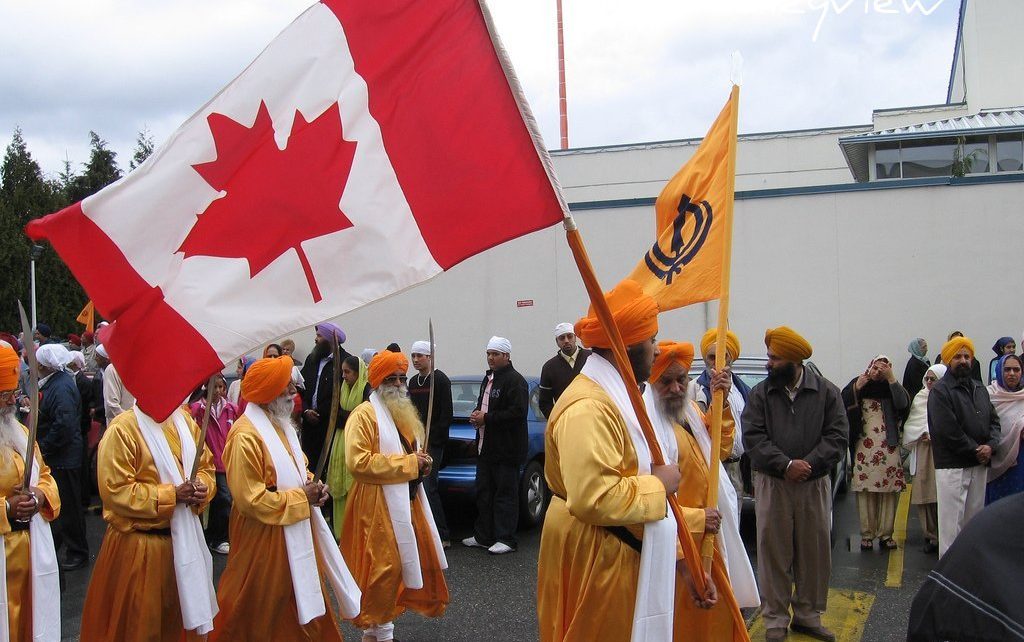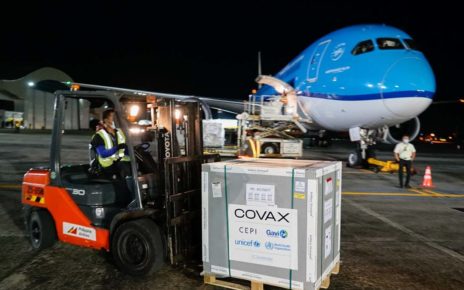Diplomatic relations between India and Canada, long characterized by shared traditions of democracy, pluralism, and strong interpersonal connections have hit rock bottom. This turmoil has sent ripples across critical domains, from trade and security to economic stability. The recent falling out stems from Canadian Prime Minister Justin Trudeau’s assertion of “credible intelligence” linking the Indian government to the assassination of Hardeep Singh Nijjar, a Canadian Sikh separatist leader, on Canadian soil. As the two nations exchange accusations, expel diplomats, and halt critical negotiations, policymakers, business leaders, and citizens alike are left grappling with the implications of this diplomatic rupture.
On June 18, 2023, Hardeep Singh Nijjar was gunned down outside a Sikh temple in Surrey, British Columbia. A Canadian citizen and prominent activist, Nijjar had been a leading voice for the Khalistan movement, which advocates for an independent Sikh state carved out of India’s Punjab region. India has long regarded the movement as a national security threat, labelling Nijjar a terrorist. Despite allegations tying the Indian government to Nijjar’s murder, India strongly denies any role in it. However, Trudeau’s statement about having credible evidence linking the agents of the government of India to Nijjar’s death has further strained the already tense relationship. Strengthening this claim, a recent report by the Foreign Interference Commission identified India as the second most active country engaged in electoral foreign interference in Canada. Adding further plausibility to Canada’s claim, the U.S. government has charged India with undertaking a similar operation in the United States, with the assassination of Skih separatist leader in New York, Gurpatwant Singh Pannunwhere. In response to the murder of Nijjar, Canada reacted by expelling Indian diplomats – after which India did the same with all of their Canadian diplomats in India.
Despite almost two years passing since Nijjar’s assassination, the repercussions of this incident are still being felt to date, where most recently Sikh protestors in support of the Khalistani movement stirred up tension in the Hindu Sabha Mandir in Brampton – an incident that was strongly condemned both in Canada and India. The Indian government posits that Canada provides a haven for “violent extremists and terrorists” to threaten and intimidate Indian diplomats and community leaders.
This sudden rift in the India-Canada relationship prompts numerous concerns, ranging from immigration to trade. Canada is home to one of the largest Indian-origin communities in the world, with approximately 4% of Canadians identifying as being of Indian heritage. This cultural connection has historically supported bilateral trade, which reached CAD 9.5 billion in 2022. India was ranked as Canada’s 10th largest trading partner in 2022, and is a priority market as Canada seeks to enhance economic ties with the Indo-Pacific region under a new comprehensive strategy. Canadian exports to India totalled approximately CAD 4.4 billion, including agricultural products, energy resources, and technology, while imports from India stood at CAD 5.1 billion, driven by pharmaceuticals, textiles, and IT services. Both nations had been working toward a Comprehensive Economic Partnership Agreement (CEPA) to streamline and expand these trade flows.
The diplomatic fallout, however, has brought trade talks to a standstill. For Canada, this pause could spell trouble for key industries. Canada is a leading exporter of pulses, a dietary staple in India, and Canadian farmers may face financial losses if tariffs or import restrictions are imposed. Similarly, the energy sector’s aspirations to tap into India’s growing demand for oil and gas are now at risk. Indian businesses are not immune to the consequences either. Indian tech giants like Infosys and Tata Consultancy Services, which operate extensively in Canada, may encounter heightened scrutiny or reduced investment opportunities. Prolonged tensions could deter Indian firms from expanding their footprint in Canada, potentially jeopardizing jobs and innovation.
Beyond immediate trade and security impacts, the long-term economic consequences could be significant. India, projected to become the world’s third-largest economy by 2030, is a crucial market for countries looking to diversify their trade portfolios. For Canada, whose economy heavily depends on trade with the United States and China, strengthening ties with India has been a strategic priority. The current impasse threatens to derail this effort, potentially leaving Canada at a disadvantage in the global market.
Adding to these challenges is Canada’s increasingly strained trade relationship with its largest partner, the United States. The Trump administration imposed 25% tariffs on trade partners, including Canada and Mexico, exacerbating tensions over protectionist policies and trade imbalances. In response, Canada has been working to diversify its trade relationships to lessen its reliance on the U.S. market. However, strained relations with both the U.S. and India could leave Canada in a precarious position. A dual fallout with its largest trade partner and another rapidly growing one risks isolating Canada in an increasingly competitive global economy. Canadian industries may find themselves caught between shrinking opportunities in traditional markets and heightened barriers to entry in emerging ones, threatening long-term economic growth.
Canada’s position within NATO adds complexity to this diplomatic fallout. While India is not a NATO member, it has collaborated with the alliance on counterterrorism and cyber defence issues. Canada’s strained relations with India could disrupt these efforts, weakening NATO’s engagement in South Asia. Additionally, Canada’s ability to manage this crisis could influence its credibility with NATO and other allies.
As Canada and India navigate their diplomatic crisis, the stakes are significant. For Canada, the challenge lies in balancing its commitment to human rights and sovereignty with the necessity of maintaining constructive relations with a rising global power. This situation highlights the complexities of modern diplomacy, where economic, security, and cultural considerations are deeply intertwined.
Despite the Canadian government’s inability to present definitive evidence directly implicating India in the assassination of Hardeep Singh Nijjar, this assassination represents a grave violation of international law and Canadian soverignity. Canada’s response should be robust and multifaceted to ensure it does not set a precedent for foreign governments to act with impunity on Canadian soil. This involves safeguarding its sovereignty while maintaining its standing in the global community as a nation that upholds the rule of law.
Canada could consider leveraging international forums like the United Nations to denounce such actions and rally allied support for collective diplomatic measures. Strengthening domestic counterintelligence capabilities would also be crucial to preempt any future incidents of foreign interference. Furthermore, collaborating with allies to impose coordinated diplomatic consequences, such as sanctions or restrictions, could serve as a deterrent. At the same time, maintaining dialogue with India remains imperative to avoid a complete rupture in relations, which could have long-term economic and strategic repercussions for both nations. By adopting a measured approach that balances firm action with open dialogue, Canada can respond effectively while upholding its democratic principles.
Ultimately, how Canada manages this crisis will serve as a critical test of its ability to navigate the increasingly multipolar world of international diplomacy. The path forward may be challenging, but it also presents an opportunity to redefine and strengthen one of Canada’s most significant global relationships.
Photo: “Canadian Sikhs” (2008), by Medleyview Released via Flickr. Public Domain
Disclaimer: Any views or opinions expressed in articles are solely those of the authors and do not necessarily represent the views of the NATO Association of Canada





